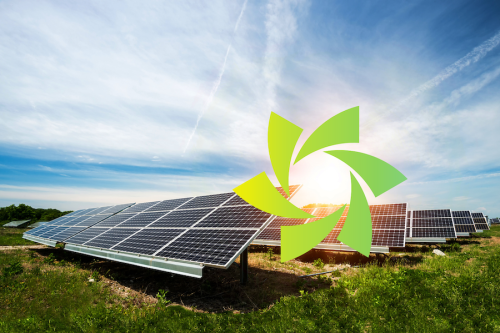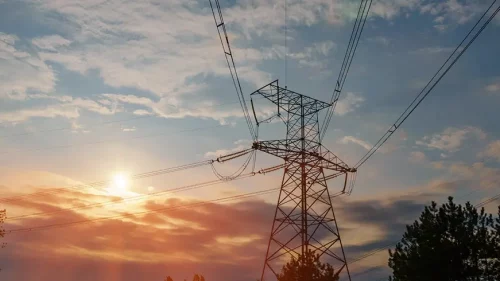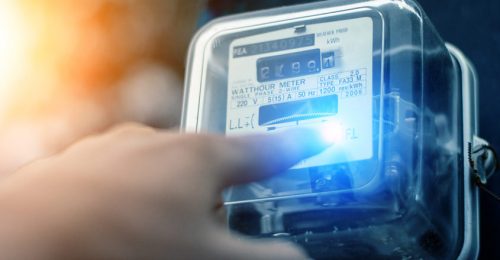All too often we hear our clients saying “I don’t understand my bill, I just pay it”. So, let’s go through what you’re contracted for and what you’re not contracted for, to understand the two significant impacts you can make that can often save you thousands of dollars.
The negotiation with your retailer is always around your ‘energy’ peak & off-peak rate. That’s the only part of the bill you are actually contracted for. The balance of the ‘price stack’ (the remaining bill) is passed through as they collect on behalf of the state government and the poles and wires operators, who are known as Distributed Network Service Providers (DNSP).
To unpack this, let’s look at the Energy Charges. Energy is measured in a unit known as kilowatt hours (kWh) and charged on the basis of cents per kilowatt hour (c/kWh). Simply put, that’s what your contracted for – the rest of your bill is a straight pass through from the state government and the DNSP. Quite concerning when you think about it, because this marginal amount counts for a relatively small percentage of your bill given your consumption of electricity.

Next, let’s review the Environmental Charges. LREC Charge is the large renewable energy certificates (above 100kw of solar) & SREC Charge is the small renewable energy certificates (below 100kw of solar). Both charges are Federal based, however if you’re based in Victoria there’s a 3rd charge called VEEC (Victorian energy efficiency scheme). All 3 schemes are a pass-through contribution, even if you are not taking advantage of the schemes.

Network Charges are the difficult ones to manage, as in Victoria, the highest 30 min spike measured in kilovolt amps (kVA) of electricity supply sets the price for the next 12 months. Your electricity retailer collects on behalf of the DNSP the fees they charge as a pass-through cost. Network costs account for between 30-50% of the total electricity bill.

They can’t be offset by solar PV as the ‘spike’ can occur when the sun is heavily overcast, or all outside of daylight hours. This is the highest of all charges and a real problem for large scale manufacturers, especially if your business is seasonal (at your lowest demand you will still be charged the network rate set from your highest peak).
In a previous blog ‘Peak Demand charges on your electricity bill‘, Acacia Energy explained how to “peak shave” and reduce this demand charge significantly using renewable assets installed behind the electricity meter and operated by Acacia Energy’s Optimisation Bid Engine (OBE).
Finally, the last section of your electricity bill is the Regulated Charges. They are only minor charges, however are charges we can still do something about.

In the above example this business is contracted with the electricity retailer for only $1,793.56 per month of an electricity bill that in total is $8,728.30 per month.
Our aim at Acacia Energy is attack everything on your bill with a c/kWh (your energy charges, environmental charges & regulated charges). We do this with solar. However, Acacia Energy’s greatest point of difference is we also attack the kVA (network charges) by using your on-standby generation (battery or biofuel generator) which results in a significant bill reduction and creates additional revenue streams, driving the lowest cost of electricity and generating the highest net revenue – giving your plants renewable assets a formidable ROI.


